Either you’ve probably heard about it for the wrong reasons or you’ve not heard of Medellín at all, but it’s high time to forget all misconceived perceptions of Medellín and start thinking about this city as a great place to study abroad or visit. The turnaround has been extraordinary with la ciudad de la primavera eterna (the city of the eternal spring) getting the nod from several international institutions such as CitiBank’s ‘Innovative City of the Year’ in 2013 and being lauded as Latin America’s Silicon Valley. But enough of the spiel, here’s all you need to know if you’re studying in or visiting Medellín.
First things first…
Spanish is the official language of Colombia and whilst in certain parts, you will find people who speak English, it is advisable to have a foundation in Spanish beforehand. Colombia uses the Colombian Peso (COL $), the currency exchange is about 1800 COP to $1 USD. Student discounts are not particularly prominent, however as the cost of living is lower than that of the west, the duration of your stay should be financially feasible.
Getting there and around
Medellín has two airports, José María Cordova International Airport and Olaya Herrera Airport for regional flights. Colombia has recently seen the inauguration of its first budget airline Viva Colombia, the hub of which operates from José María Cordova. If you book far enough in advance, flights with Viva Colombia can be cheaper than buses as well as offering budget flights to Panamá which, if you know what flights in South America are like, is like gold dust.
To get from the airport to the city centre, you can either take a taxi which charges the flat rate of $54 000 (around $30 USD), a colectivo (shared taxi) for $12 000 ($10 USD) or the airport bus which is about $10 000 ($7.50 USD). Out of the three services, the colectivo is the best option as it is economical as well as being quick and safe. Use caution when taking the airport bus, keep an eye on your belongings, and avoid taking it at night – it’s much better to be safe than sorry with pickpockets in busy areas!
If you’re travelling from Bogotá, you have two options: take a flight with the above options or get a bus. The journey will take approximately 10 -12 hours and, depending on the bus company, costs $45 000-$60 000 ($25-$35 USD). The recommended bus company to go with is Bolivariano, which offers express services to Medellín on an almost hourly basis as well as being one of the more comfortable rides.
Where to stay
Most of the city’s hostels are based in El Poblado, where much of the expat population are based. Casa Kiwi, Black Sheep and The Pit Stop Hostel come recommended if you want to stay at the heart of the action. But if you’re a little more adventurous and want to get away from the El Poblado bubble, head to Wandering Paisa Hostel in Laureles. It’s right next to Estadio, La 70, a vibrant party district and it’s a great hostel in its own right, being a social hub for the community and it holds frequent Karaoke and Open Mic nights – good fun had by all!
City Highlights
MetroCable and Parque Arví
Without doubt, the MetroCable offers some of the best views of the city, at a very low price. The MetroCable is connected to the city’s Metro, being part of the city council’s initiative to connect some of Medellín’s poorest communities to the city. It also takes you up to Parque Arví which is a nature reserve that has walking and biking trails and is a reprieve from the city hustle and bustle. Let’s face it – even in the most beautiful cities in the world, sometimes we just need a little green and nature to keep us sane! Altogether, the journey and entrance fee combined comes to less than $10 USD, making it a great and, more importantly, cheap day trip.
Plaza Botero
Probably Medellín’s most famous artist, Fernando Botero’s particular style of voluptuous subjects including horses, dogs, men and women, is celebrated here, with twenty-three of his sculptures on display. Head to Museo de Antioquia nearby, which houses more of his work as well as other artwork incase you’re interested in getting a smorgasbord of art in one day!
Head to a nearby pueblo
Ok, so this is not technically a city highlight as such, but a big part of Paisas’ (Medellín locals) weekends is spent in the region’s villages and towns. Guatapé is a great example, with the highlight being ascending over 600 steps of La Piedra de Peñol to be treated at the top with the most gorgeous view. The colourful town itself is also a sight worth seeing and excursions on the river boats are another option worth considering if you’d like to switch up your modes of transport to tour around. Make friends with a paisa and you may be invited to stay the weekend at a finca (country house) in Antioquia’s beautiful countryside. Plus local connections are always good to have wherever you travel! Make friends whenever you can and they’ll open doors that you never could on your own (literally and figuratively)!
What to eat in Medellín
Bandeja Paisa
This popular dish is definitely not vegetarian nor for the faint-hearted as it features chorizo, ground beef and pork crackling (chicharrón) along with a fried egg, avocado, plantain, beans and rice and an arepa, a grilled cornmeal patty. You definitely need to have worked up an appetite before attempting to eat one! Maybe those 600 steps to La Piedra will do the trick?
Arepas
You won’t have to go far before you encounter a street stall selling arepas, which should be served fresh, piping hot, and smothered in butter. The arepas you will find in Medellín are thinner than their counterparts on the coast and the ones you will find roadside are usually served topped with cheese. You can also get arepas de yuca (cassava arepas), arepas de chocolo (sweetcorn arepas) or if you’re feeling particularly adventurous, go for it with cheese and condensed milk!
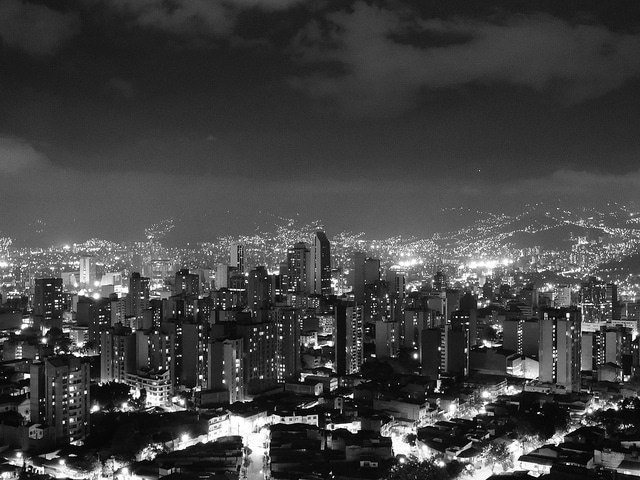
Nightlife in Medellín
Throughout the week, there isn’t much going on party-wise unless you’re planning on salsa-ing the night away. Start off by a free lesson offered at Wandering Paisa on Tuesday before heading to one of the city’s salsa clubs to put your learning into practise. Use this guide to know which club is best on which day. It’s a good idea to learn the basic steps, as Colombians won’t accept the fact that you don’t know how to dance as an excuse before they grab your hand and pull you onto the floor!
On the weekend, it’s a different story with the city alive when the sun goes down and the parties go on well into the night. Similar to Spain’s botellón, the prelude to the night out starts off in the parks usually with a big group of friends and a bottle of rum or aguardiente, a drink similar to Sambuca (you’ll be golden if you like the taste of licorice) then the partying begins in the big party districts Parque Lleras, La 70 or La 33. The majority will have reggaeton blaring out, involving lots of dancing and fun!
Have you studied abroad in or visited Medellín? What are your top tips?
Photo sources: laloking97 via Flickr, mardruck via Flickr, bigaila via Flickr, Gаme of light via Flickr, Lascar via Flickr, laloking97 via Flickr
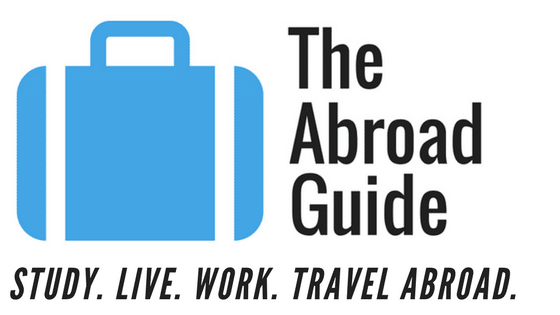
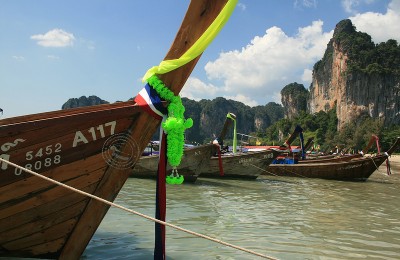
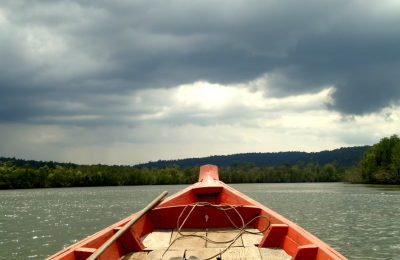

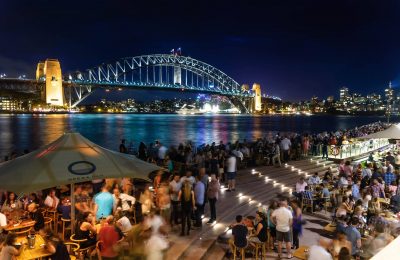


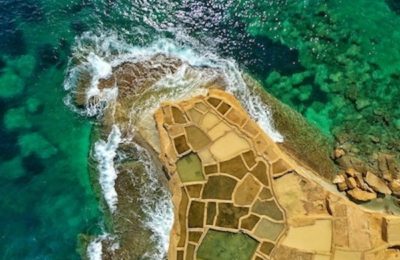
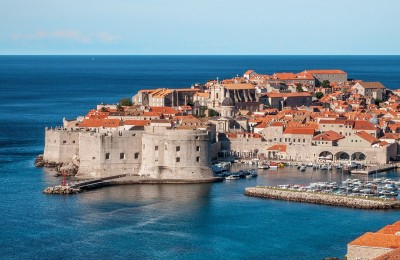

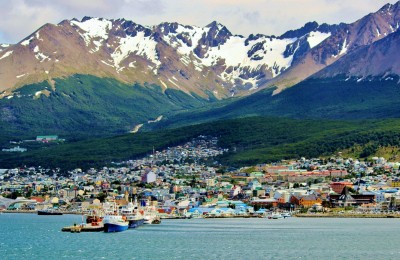
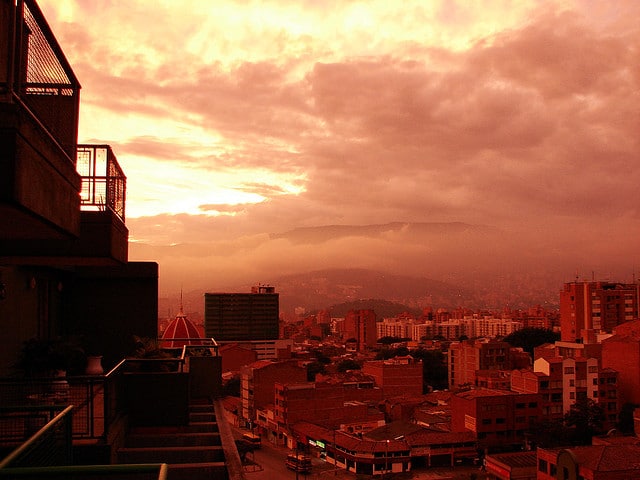
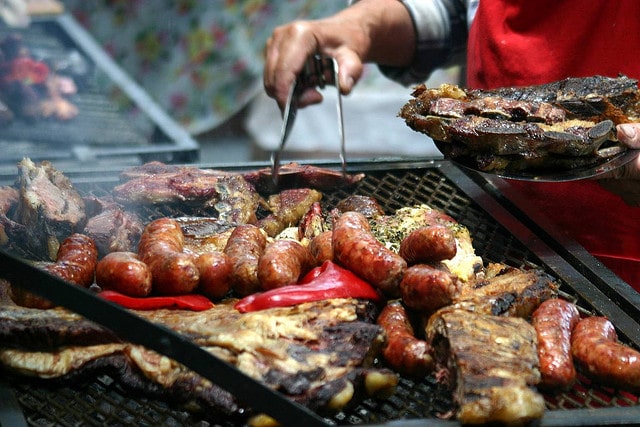
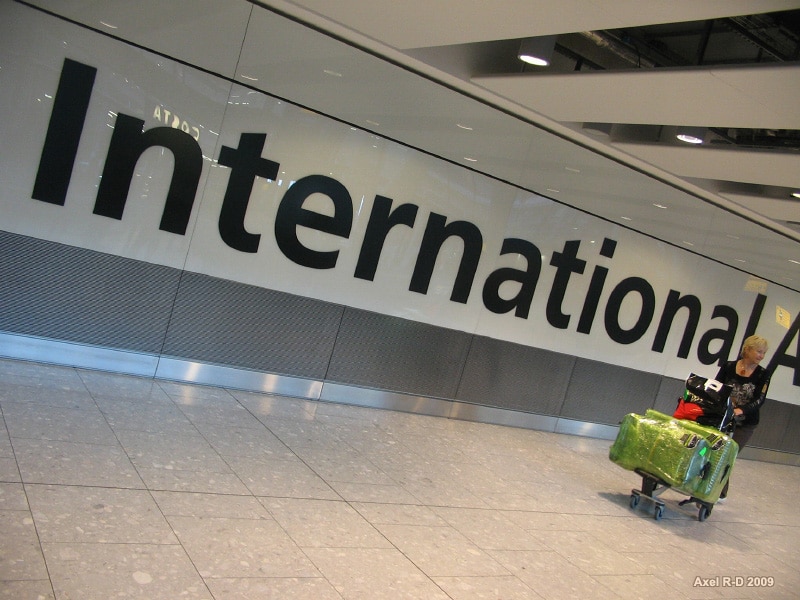


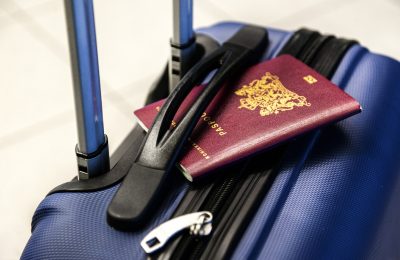




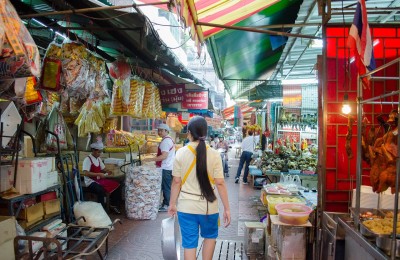
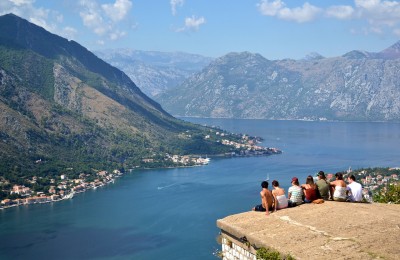

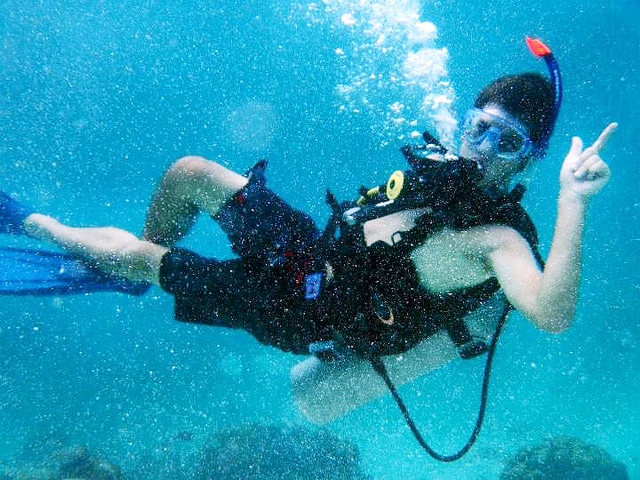
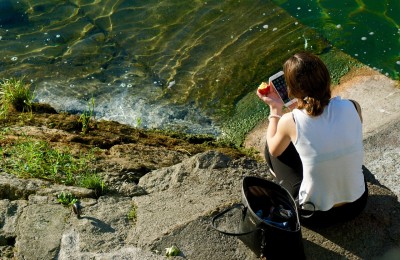
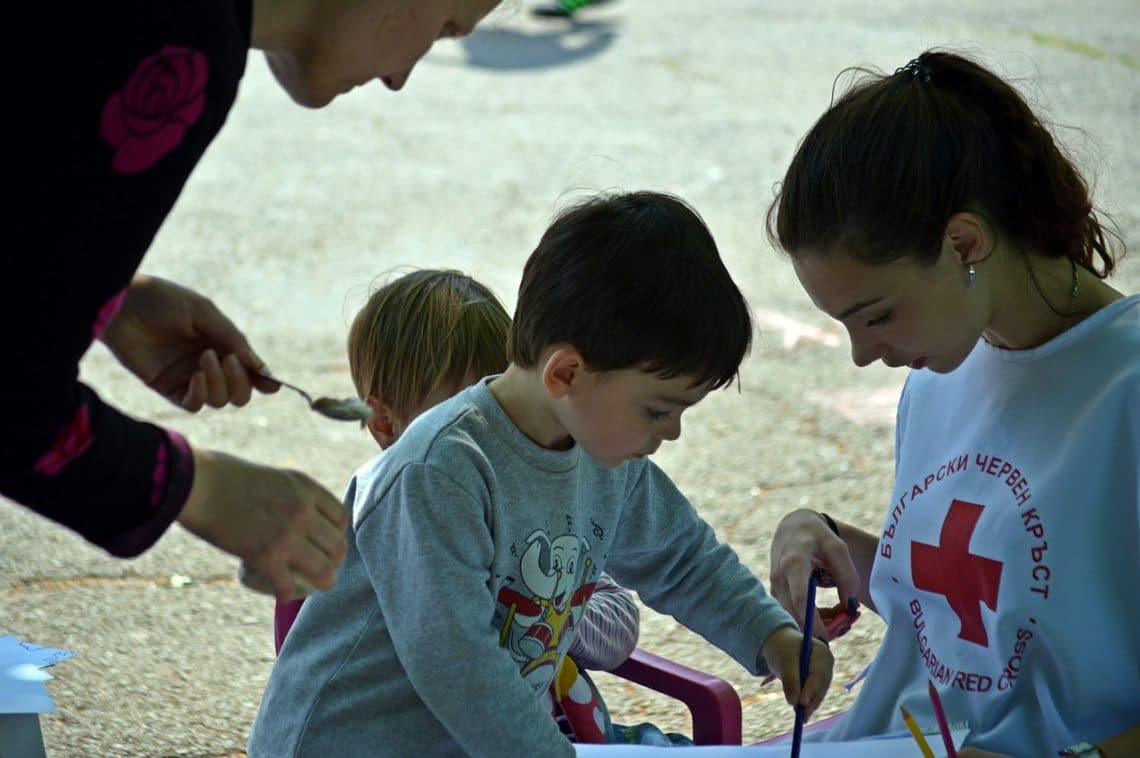
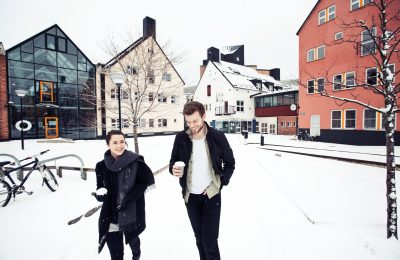
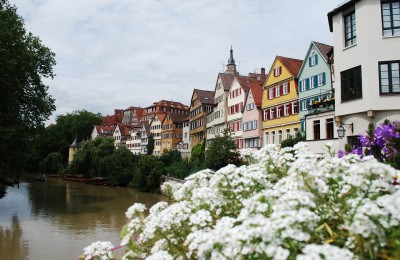




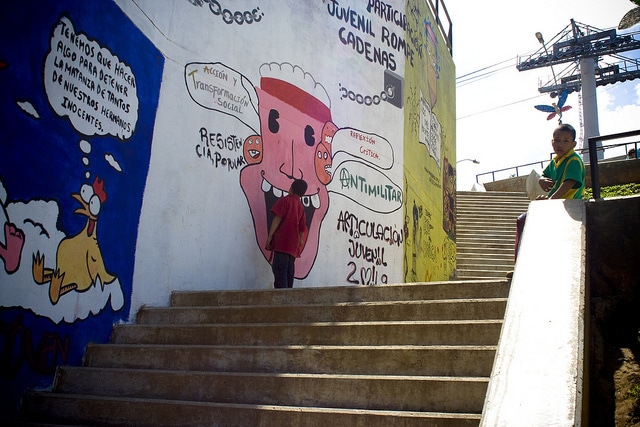
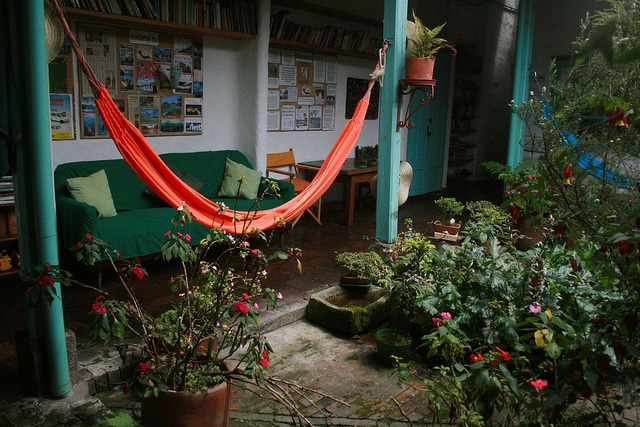

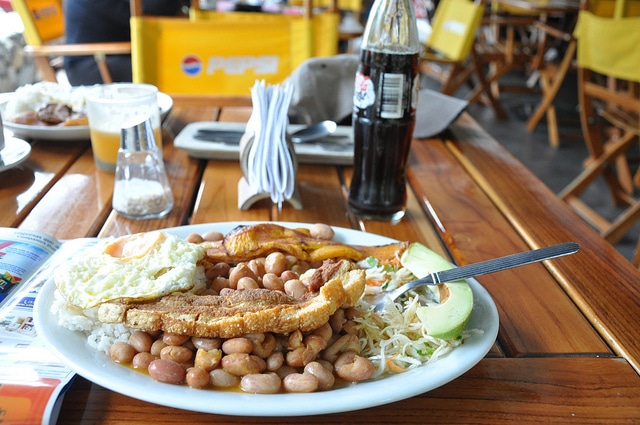
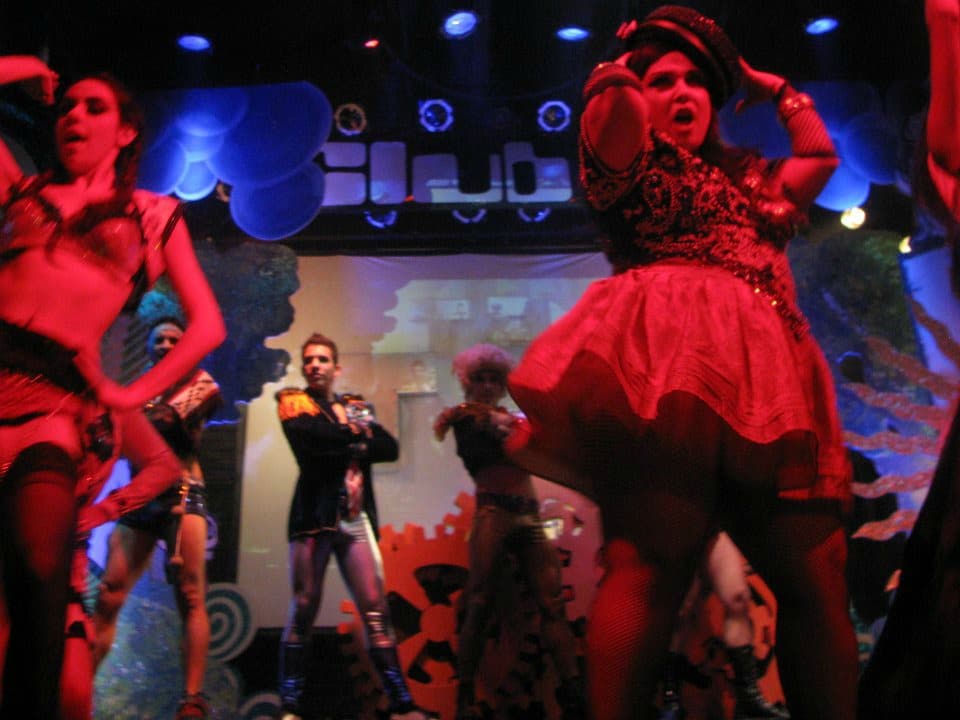
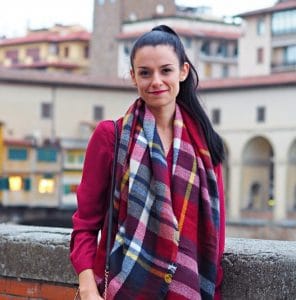



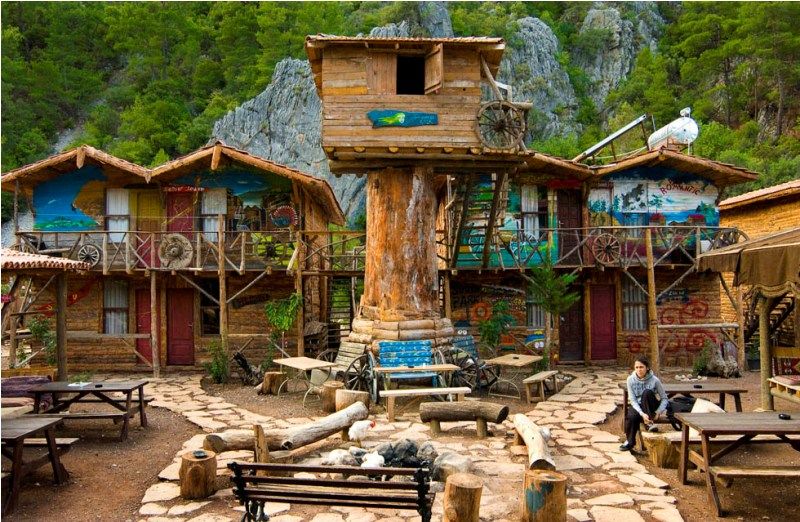
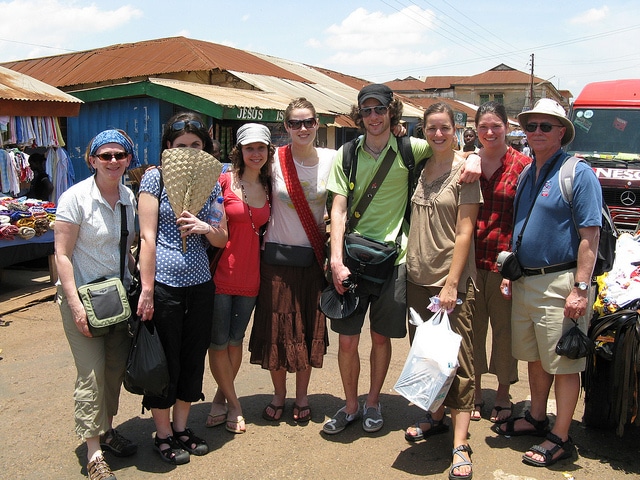






Great article. I stayed at the wandering paisa and it was fantastic. It had a great balance of people wanting to party and people who wanted to relax (that was me).
Great tip!